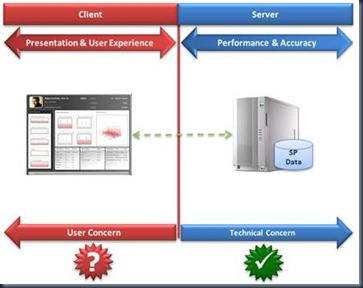We would like to bring to your attention this Blog
by Johan Olivier, Relate Technologies, South
Africa . Johan was a speaker at
the European SharePoint Conference 2011 in Berlin.
To find out more on the European SharePoint
Conference please click
here
Introduction:
I recently developed a SharePoint 2010 solution which includes
an advanced search web part which allows the users to perform
enterprise searches and view the returned results in a graphical
rich representation.
As an architect I want to ensure that the search results that
are returned to the user match what the user wanted to find and
that the results that are returned on the first page are the most
relevant, so the user does not have to look through several pages
of results to find the best matches for their search. This is
called Search Relevancy.
It is very important to realize the difference between Sorting
and Ranking. In my own words I would describe Sorting as the
process or arranging objects according to a specific attribute of
the item. An example would be the books in a library.
Ranking is where an item takes precedence over other items based
on a combination of attributes. Examples of this would be how tools
in a workshop are arranged, how equipment is arranged in an E.R.
room, how individuals are ranked based on the role they play in the
military, or even how food items are arranged in the supermarket.
One realize from these examples that there is no single property
which can be used to determine the ranking of such items and that
Ranking is based on the importance an item has in a given
situation.
The Role of the SharePoint Architect:
development to ensure that search engine works well. Performance
and Accuracy of search results are normally the main focus
point.
Providing a comprehensive search solution requires that the
architect considers the search experience from the end-user point
of view

The end-user is not really concerned about what happens on the
server and will most likely not appreciate the effort which goes
into building robust search engines.
Management spend up to 27% of their time looking for information
and when using the Search functionality in your SharePoint solution
only one question will be asked; “Did I find what I was
searching for on the first page of the results?” If the item
the user searched for is not part of the first 10 search result
items then then user will most likely believe the item does not
exist in the system
To view the full blog by John
click here











